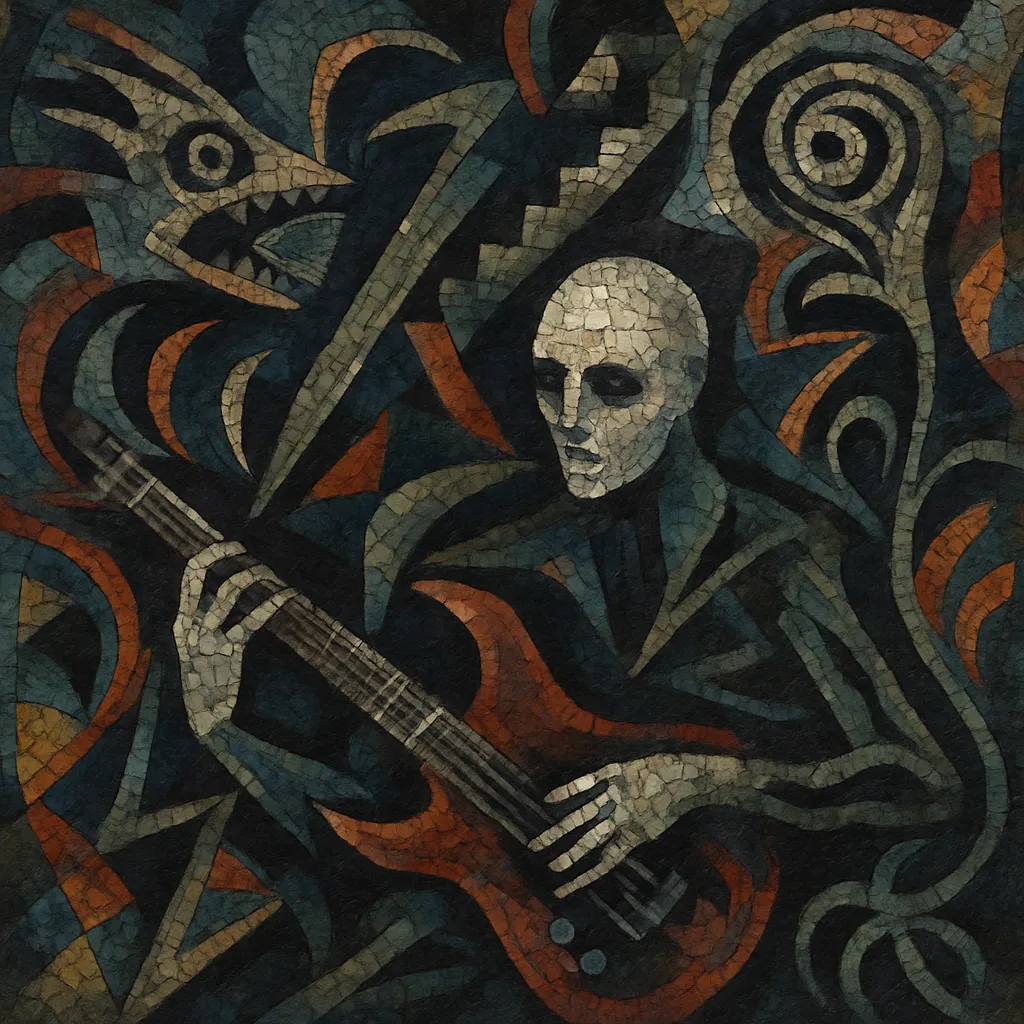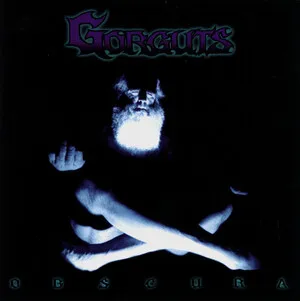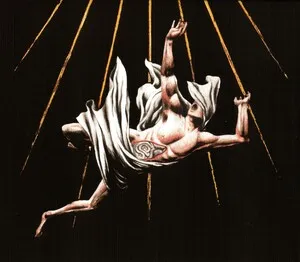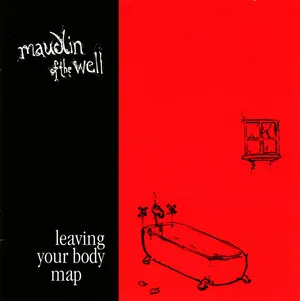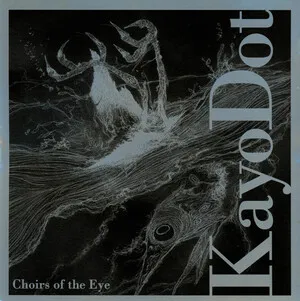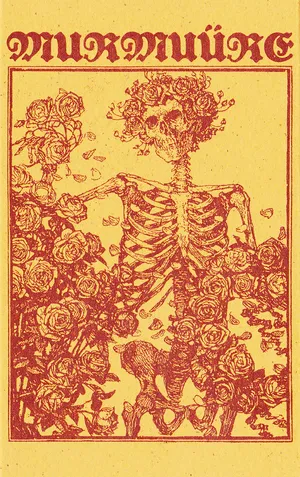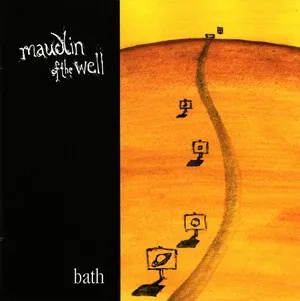Avant-garde metal is a branch of metal that embraces experimentation as a core principle. It extends the genre’s sonic vocabulary through unusual song forms, dissonant harmony, non-standard instrumentation, and an eagerness to fuse styles that traditionally sit outside heavy music.
Where conventional metal often relies on riff-driven structures, avant-garde metal frequently employs through-composed forms, asymmetrical rhythms, and abrupt dynamic shifts. Its palette can include strings, woodwinds, brass, electronics, prepared instruments, and extended vocal techniques alongside distorted guitars and aggressive drums.
Lyrically and conceptually, the style leans toward the surreal, the philosophical, and the theatrical. The result is a deliberately challenging, exploratory music that values atmosphere, texture, and surprise as much as impact and heaviness.
Celtic Frost’s Into the Pandemonium (1987) is widely cited as a watershed, blending extreme metal with classical touches, gothic ambience, and experimental structure. Around the same time, Voivod pushed thrash toward dissonant, sci‑fi‑inflected progressive territory, normalizing odd meters and unconventional harmony in a metal context.
The 1990s saw a dramatic broadening. In the United States, Mr. Bungle folded funk, ska, jazz, and musique concrète into metal, emphasizing collage and theatricality. In Norway, Arcturus and Ved Buens Ende (and later Ulver’s post‑black metamorphoses) injected black metal with modernist harmony, orchestration, and avant‑classical sensibilities. Japan’s Sigh experimented early with keyboards, orchestration, and genre splicing, signaling a global spread.
Kayo Dot and maudlin of the Well fused chamber music, post‑rock, and jazz harmony with metal density, while Sleepytime Gorilla Museum and Unexpect emphasized timbral oddities and polystylistic writing. Parallel developments—post‑metal’s expansiveness, blackgaze’s texture, and dissonant death metal’s harmonic language—absorbed avant-garde methods. Artists such as Dødheimsgard, Ulver (in their non‑metal phases), and experimental projects across Europe and North America blurred genre lines further.
The idiom thrives as a toolkit rather than a strict style: orchestral color in extreme metal, fractured song forms in progressive contexts, and electronics integrated with acoustic timbres. The community’s global network, DIY production, and cross‑disciplinary collaborations continue to redefine what “metal” can encompass, keeping the genre restless and forward‑looking.
Aim for surprise and contrast. Treat heaviness, silence, texture, and timbre as equal compositional parameters. Embrace risk: dissonance, asymmetry, and non‑standard forms are expected, not exceptions.

